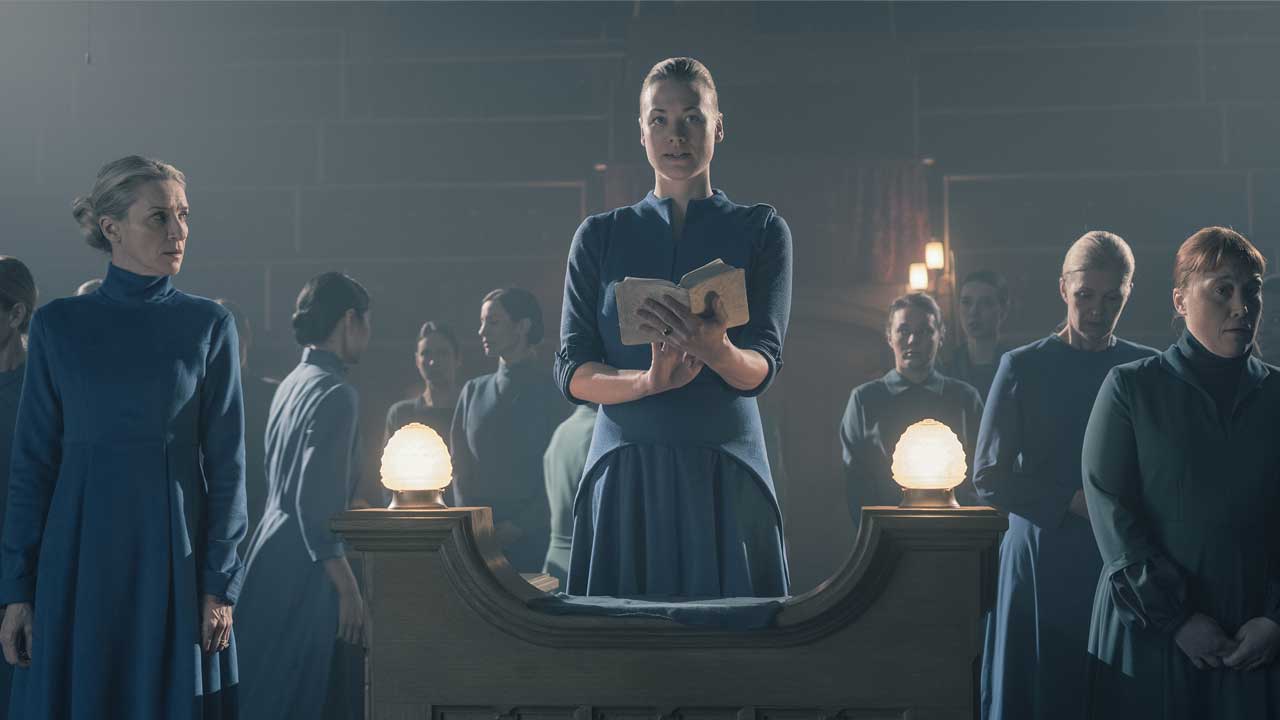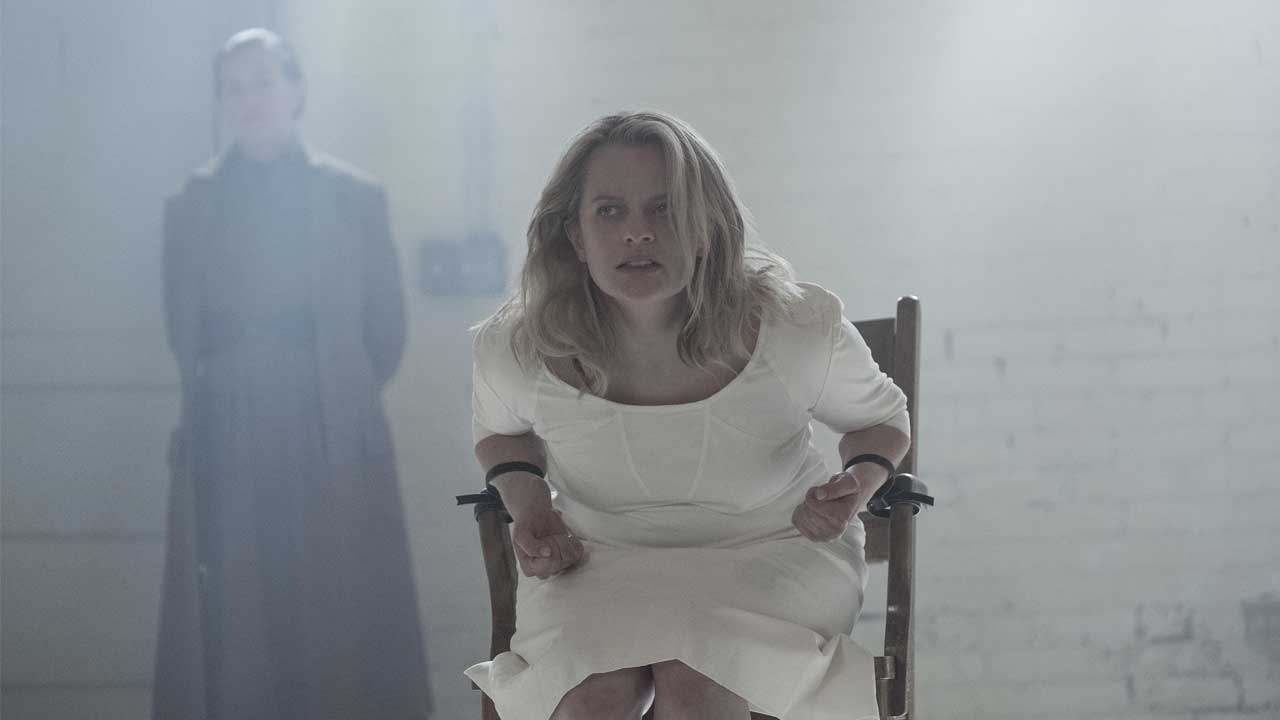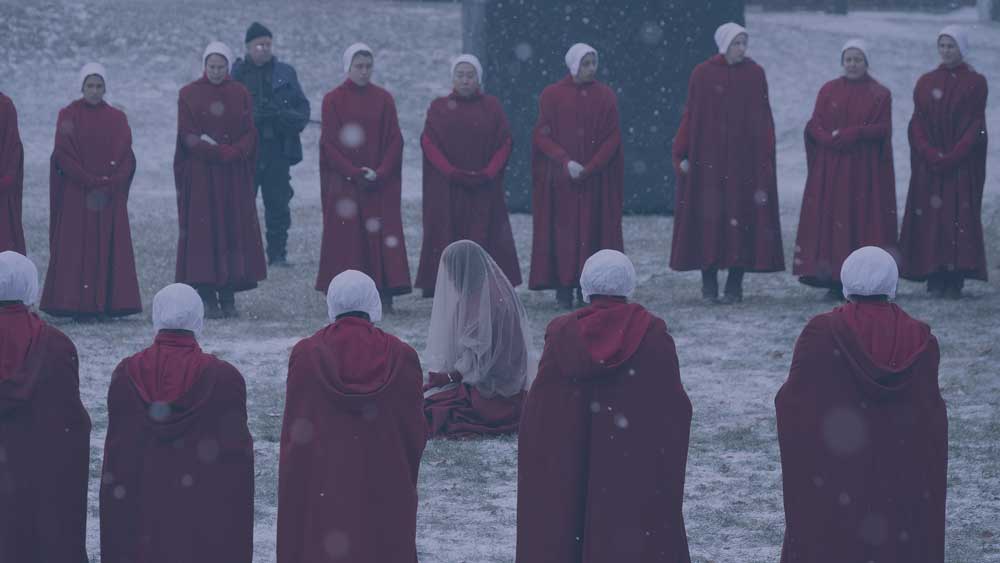
What began as a socio-politically relevant adaptation of Margaret Atwood’s dystopian novel had quickly turned into a horror series when it came back for a second season. But despite the extremely heavy and upsetting scenarios showed in The Handmaid’s Tale, why does Gilead deserve another visit?
The Emmy® and Golden Globe Award-winning hit drama series is slated to return for a third season on June 6. The series returns with 13 episodes in store, which will premiere across Asia exclusively on HBO GO. Fans will be able to binge-watch the first three episodes, with the following episodes released every Thursday.
Returning stars for this season include Elisabeth Moss as June, Joseph Fiennes as Commander Fred, Yvonne Strahovski as Serena Joy, Alexis Bledel as Emily, and Madeline Brewer as Janine. Ann Dowd also returns as Aunt Lydia, along with O-T Fagbenle as Luke Bankole, Max Minghella as Nick Blaine, Samira Wiley as Moira, and Bradley Whitford as Joseph Lawrence.
But what exactly can fans expect to see in this third season? Will there finally be a resurgence of hope this time around?

Maybe so. The Handmaid’s Tale Season 3 looks like it will revolve around June’s efforts to strike back against the oppressive forces of Gilead. But it’s highly doubtful the sufferings will completely stop from here on out.
Regardless of all the betrayals, reunions, and heartbreaks that may happen in this journey of resistance, may both characters and fans be guided by one prayer: “Blessed be the fight.”

When The Handmaid's Tale first opened its doors into Gilead, fans of the novel saw a promising, well-done adaptation, and new viewers saw a world that provided an aesthetic by which to tackle the ever-present inequalities and injustices suffered by women all over the world.
While showing the beginnings of a harsh oppression, the first season was sprinkled with moments of hope and triumph. These made it easier to get past the show’s darker moments, but they also became the flaws of the show, preventing it from letting viewers fully sink into the gravity of the show.

Then came the second season, which came in a time that made the dark and harrowing society of Gilead seem far too close to home. Gone are the moments of triumph and hope, while the abuses and suffering doubled in intensity and frequency. The Handmaid’s Tale suddenly became so, so very painful to watch – mostly because the current socio-political climate beyond the screens gave the viewers a plethora of easily accessible, culturally scarring events to relate to.
With women and children from all over the world already suffering similar abuses, how much will it take before things escalate to the horrific injustices in the series?

Though unsettling and difficult watch, it’s important to remember that The Handmaid’s Tale isn’t just about the suffering women are put through.
Like most works of fiction, especially those that take on socio-political issues, The Handmaid’s Tale is at its core, a call to action – to improve the equally bad conditions in the real world. The series acts as the ultimate warning, the urban legend passed on to discourage people from going astray. With its iconic visuals and striking scenes, it has provided people with meaningful symbols, to deal with current, real world issues.
Impossible and illogical though it may seem, there is hope in The Handmaid’s Tale – for the show to eventually get better, and in turn, that there will be ways to make the world better.
And so, whether it takes you an entire month to go through a season of The Handmaid’s Tale, or an intense binge-watching session, armed with blankets, pillows and plenty of tissue, may you continue watching. With all episodes of The Handmaid’s Tale available on HBO GO, you can easily and conveniently watch at your own pace.
However you do it, we hope you don’t give up on Gilead just yet.

*Price may vary depending on subscription plan
HBO and Home Box Office are trademarks of Home Box Office, Inc. Used with permission.
*All information is correct at time of publishing.







